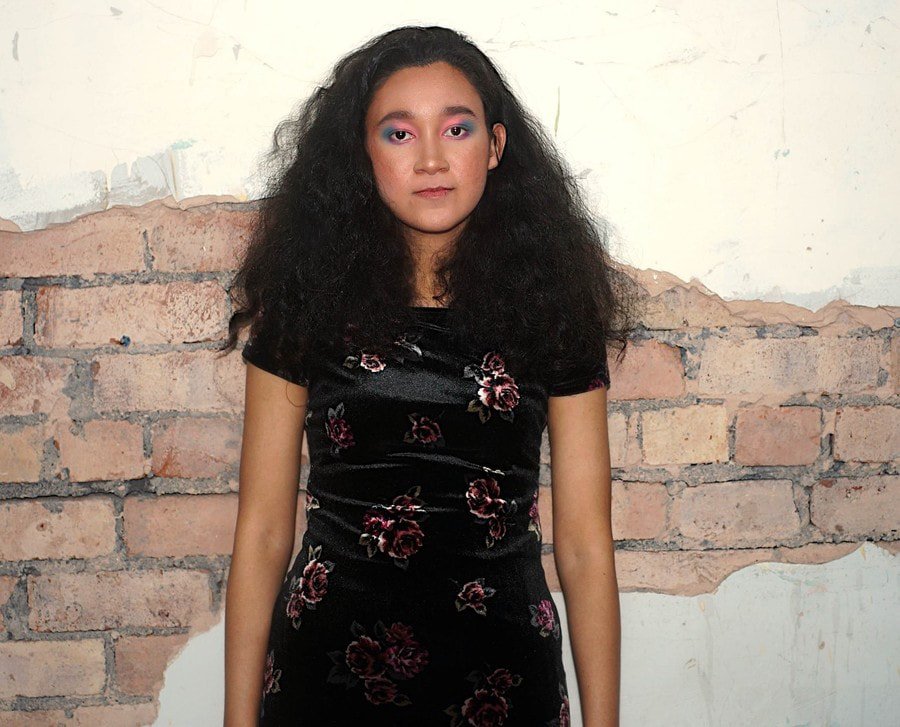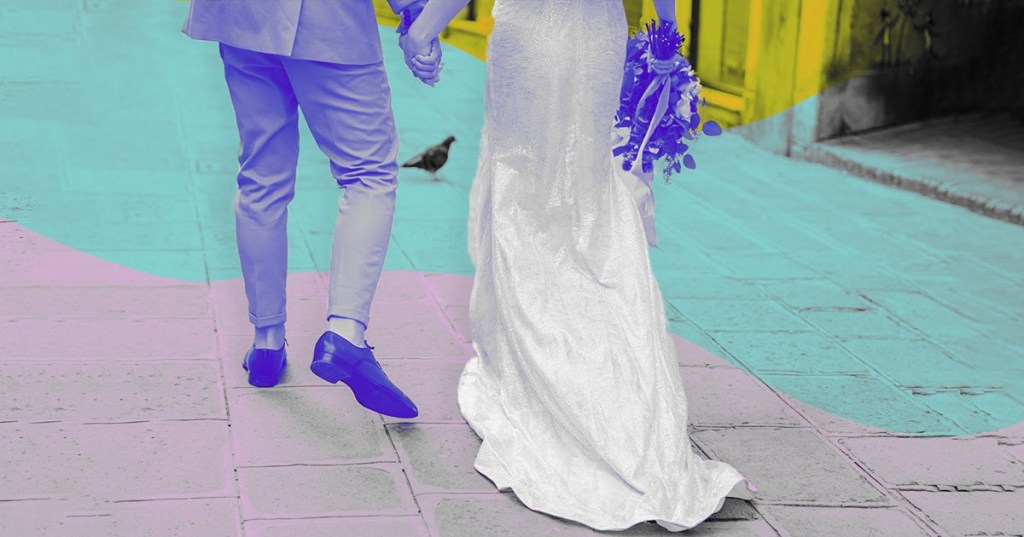International media coverage of the Armenian Genocide 107th anniversary
Armenian Genocide 107th anniversary
Euro 2024 qualifiers: England vs Malta – where to watch, odds and team news
Euro 2024 qualifiers: England vs Malta – where to watch, odds and team news Ahead of the Women’s World Cup in July, the men are back in action with their Euro 2024 qualifying campaign. On Friday they face Malta away from home. Gareth Southgate’s side have made a great start to the campaign by beating both their most likely rivals from a top-two finish, Ukraine and Italy, while Malta have lost to the latter as
What happened in Armenia in 1915?
- Sunday marked the 107th anniversary of the Armenian genocide memorial
- The anniversary didn’t get much coverage across the UK national newspapers or sites – (The Daily Mail and The Times being two of the most prominent to mention the genocide.)
- The US president acknowledged the genocide, which has been criticised by Turkey’s leader Erdogan.
- Turkey objects to the notion of ‘ Armenian genocide ‘ because it says the world doesn’t account for the 2.5 million Muslims that were killed, which includes about 800,000 Armenian refugees in the war that were protected by the Ottomans.
- In total, over 5 million people lost their lives in this conflict, inc Russians, Greeks, Turkish, Armenians and Azerbaijanis.
Armenian news bias
Wedding bells ring as 100 couples tie the knot in central London today
Wedding bells ring as 100 couples tie the knot in central London today | UK News The steps of Old Marylebone Town Hall were covered with confetti
Media Bias

Should I book a wedding planner for my big day?
What does a wedding planner actually do? How much do they cost?
Media Bias

Fraudster tried to scam ex-fiancé out of £60,000 after he called off the wedding
‘I paid for everything in the relationship, all the meals and trips out for her because I did love her and I wanted her to have a better life but she has taken advantage of me.’
Media Bias

I want to get married in 12 weeks. Is that even possible?
The first step is to prioritise what matters most to both you and your partner.
For centuries the great mountain plateau of Eastern Anatolia—in present-day eastern Turkey—was inhabited primarily by Christian Armenians who shared the area with Muslim Kurds, living peacefully and together.
At the beginning of the 20th century, there were about 2.5 million Armenians living in Eastern Anatolia. About 3 million Armenians also lived beyond the eastern border of the Ottoman Empire, in territory held by Russia.
In a fight for independence supported by Russia, the Caucasian community rebelled against Ottoman rule and began to strive for independence.
Anti-Armenian feelings erupted into mass violence several times in the late 19th and early 20th centuries. When, in 1894, the Armenians in the Sasun region refused to pay an oppressive tax, Ottoman troops and Kurdish tribesmen killed thousands of Armenians in the region.
Another series of mass killings began in the fall of 1895 when Ottoman authorities’ suppression of an Armenian demonstration in Istanbul became a massacre. In all, hundreds of thousands of Armenians were killed in massacres between 1894 and 1896, which later came to be known as the Hamidian massacres. Some 20,000 more Armenians were killed in urban riots and pogroms in Adana and Hadjin in 1909.
Antipathy toward Christians increased when the Ottoman Empire suffered a defeat in the First Balkan War (1912–13), resulting in the loss of nearly all its remaining territory in Europe.
In 1914 the European powers imposed a major reform on the Ottomans that required supervision by inspectors in the east. The Young Turks took that arrangement as further proof of the Armenians’ collusion with Europe to undermine the sovereignty of the Ottoman Empire.
Armenians in the Ottoman Empire fought alongside the Ottomans, while Armenian volunteer units made up of Russian subjects fought on the Russian side.
In the areas where Ottoman and Russian troops faced each other, there were massacres of both Christians and Muslims.

